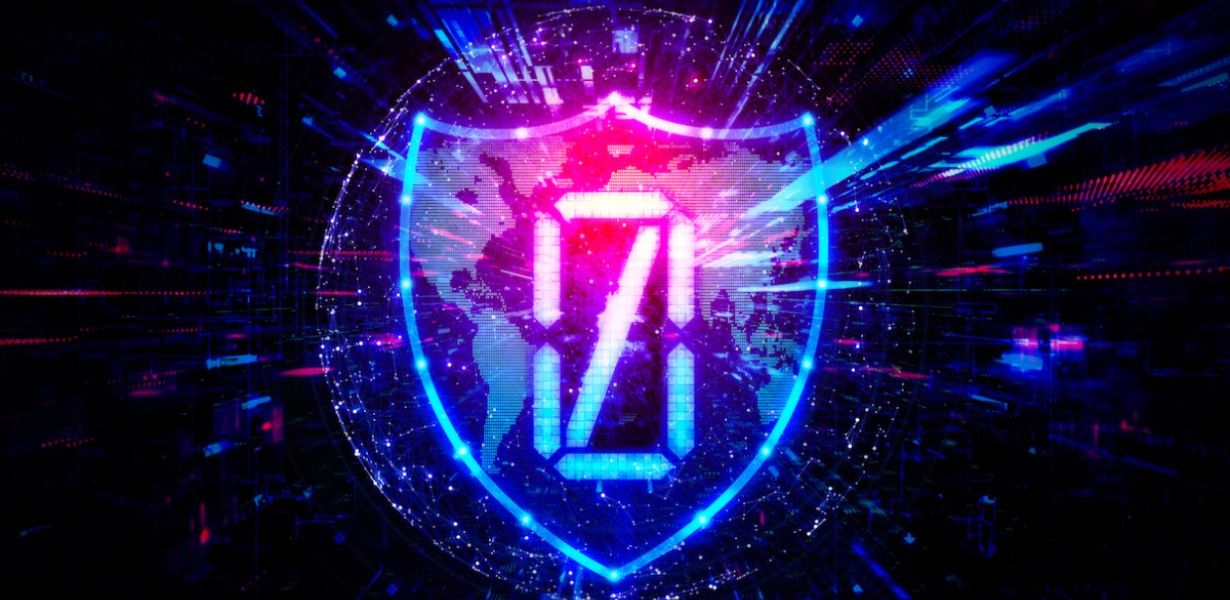
Revolutionizing Data Security: Unveiling Zero-Trust Frameworks for Private Clouds
- Post
- August 8, 2023
- Cloud Computing, Internet & Web Services, Private Clouds
- 0 Comments
In the ever-evolving landscape of digital information, safeguarding data has become paramount. Private clouds have emerged as a dynamic solution, fostering control and customization. However, the escalating cyber threats necessitate a paradigm shift in security. Enter the realm of Zero-Trust Frameworks, a groundbreaking approach to fortifying data integrity within private cloud environments. In this comprehensive exploration, we delve into the intricacies of Zero-Trust Frameworks, differentiating them from public clouds, and uncovering their potential to reshape data security. Let’s embark on a journey that transcends conventional safeguards, paving the way for a new era of data protection.
Private Clouds: An Unveiling of Superiority
Private clouds have gained traction as an oasis of data control amidst the public cloud desert. They are tailor-made environments, exclusively dedicated to a single organization. This exclusivity endows organizations with enhanced security, regulatory compliance, and a substantial degree of customization. Private clouds offer a sanctuary for sensitive data, enabling streamlined operations and reduced latency. Unlike public clouds, private clouds operate behind robust firewalls, limiting exposure to external threats.
The Distinctive Duel: Private Cloud vs. Public Cloud
Before delving into Zero-Trust Frameworks, it’s essential to discern the private cloud from its ubiquitous counterpart, the public cloud. Private clouds epitomize exclusivity, housing data within an organization’s fortified digital fortress. On the contrary, public clouds host data across shared resources, offering convenience but raising security concerns. The inherent risk of data breaches in public clouds underscores the vitality of safeguarding information in private cloud paradigms.
Zero-Trust Frameworks: A Novel Sentinel
Imagine a digital citadel where trust is an earned privilege, not a default setting. Zero-Trust Frameworks operate on this principle, dismantling the traditional “trust but verify” approach. In this realm, every user, device, and application is treated as a potential threat until verified. This radical departure from conventional norms transforms security into a continuous and adaptive process. The essence lies in validating identity, authorizations, and actions across the entire ecosystem.
Architectural Foundations: Building the Zero-Trust Citadel
To comprehend the mechanics of Zero-Trust Frameworks, one must grasp its architectural foundations. This framework manifests through comprehensive micro-segmentation, granular access controls, and real-time monitoring. Micro-segmentation carves the digital realm into discrete zones, confining lateral movement of threats. Granular access controls empower administrators to dictate who accesses what, and under which conditions. Real-time monitoring augments vigilance, promptly identifying anomalies and suspicious activities.
The Sentinel’s Arsenal: Encryption and Multi-Factor Authentication
A robust sentinel is only as potent as its arsenal. Encryption and Multi-Factor Authentication (MFA) emerge as the vanguard of Zero-Trust Frameworks. Encryption transmutes data into an unreadable cipher, rendering it impervious to prying eyes. MFA supplements traditional passwords with an additional layer of verification, thwarting unauthorized access attempts. The combined prowess of encryption and MFA erects formidable barriers against data breaches and cyber intrusions.
A Zero-Trust Odyssey: Navigating Implementation Challenges
Embarking on a Zero-Trust odyssey comes with its set of challenges. One must traverse the terrains of complexity, resource allocation, and user experience. The implementation intricacies demand meticulous planning and seamless integration with existing systems. Resource allocation necessitates optimal utilization to prevent undue strain on infrastructure. Balancing stringent security measures with a seamless user experience necessitates finesse, ensuring productivity isn’t compromised.
Catalyzing Compliance: Zero-Trust and Regulatory Mandates
In an era of data privacy regulations, Zero-Trust Frameworks present a serendipitous alignment with compliance mandates. Regulations like GDPR and HIPAA mandate stringent data protection measures, harmonizing with the Zero-Trust ethos. By establishing rigorous access controls, continuous monitoring, and auditable trails, organizations fortify their compliance posture. This confluence of security and compliance facilitates adherence to regulatory obligations.
A Future Envisioned: Zero-Trust and the Horizon Ahead
As data becomes the lifeblood of the digital economy, Zero-Trust Frameworks are poised to become the cornerstone of data security. The convergence of AI, automation, and behavioral analytics promises to bolster the sentinel’s vigilance. Predictive threat detection and autonomous response mechanisms will mitigate risks before they materialize. This evolving landscape foretells a future where data breaches are thwarted, and digital interactions remain resilient.
Final Words
In a landscape rife with cyber adversaries, fortifying data security within private cloud environments is no longer optional – it’s imperative. Zero-Trust Frameworks transcend traditional paradigms, embodying a proactive and adaptive approach to data protection. As we traverse this uncharted terrain, the convergence of advanced technologies and meticulous strategies promises a future where data integrity reigns supreme.
Commonly Asked Questions
Q1: What distinguishes private clouds from public clouds?
A1: Private clouds are exclusive digital environments dedicated to a single organization, offering heightened security and customization. Public clouds, in contrast, share resources across multiple entities, raising concerns about data exposure.
Q2: How do Zero-Trust Frameworks redefine data security?
A2: Zero-Trust Frameworks shift from a default trust model to continuous verification, treating every entity as a potential threat until proven otherwise. This dynamic approach enhances data protection within private cloud ecosystems.
Q3: What role does encryption play in Zero-Trust Frameworks?
A3: Encryption is a cornerstone of Zero-Trust Frameworks, converting data into an unreadable format. It ensures that even if unauthorized access occurs, the data remains unintelligible and useless.
Q4: Can Zero-Trust Frameworks align with regulatory mandates?
A4: Absolutely. Zero-Trust Frameworks align seamlessly with data privacy regulations. By implementing stringent access controls, continuous monitoring, and auditable trails, organizations enhance their compliance posture.
Q5: How does the future of Zero-Trust Frameworks appear?
A5: The future holds the promise of predictive threat detection and autonomous responses, fueled by AI and automation. Zero-Trust Frameworks are poised to evolve into an even more robust safeguard against emerging cyber threats.




